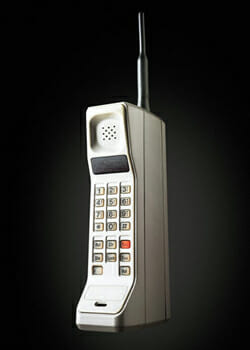lucaperazzolli
Well Known Member
A friend of mine is really close to the first engine start with an RV-8, he choosed a Lithium Ion battery for weight saving. I'm very conservative about and now I know why ...
This happened at first charge, we were in hangar and the new battery was attached to the charger as per instruction, the charger was approved for that battery. The temperature of the battery during the charging process was normal.
After 30 minutes the battery started to melt with a lot of smoke, an incredible quantity of white smoke. The toxic smell was intolerable, we moved the battery outside of the hangar (wasn't easy) that remained full of smoke for awhile. The temperature of the battery was incredible hight ! Melting continued for 20 minutes, hot battery temperature remained for 2 hours !
I really can't imagine that this could happen into the firewall compartment or, worse, into the fuselage.
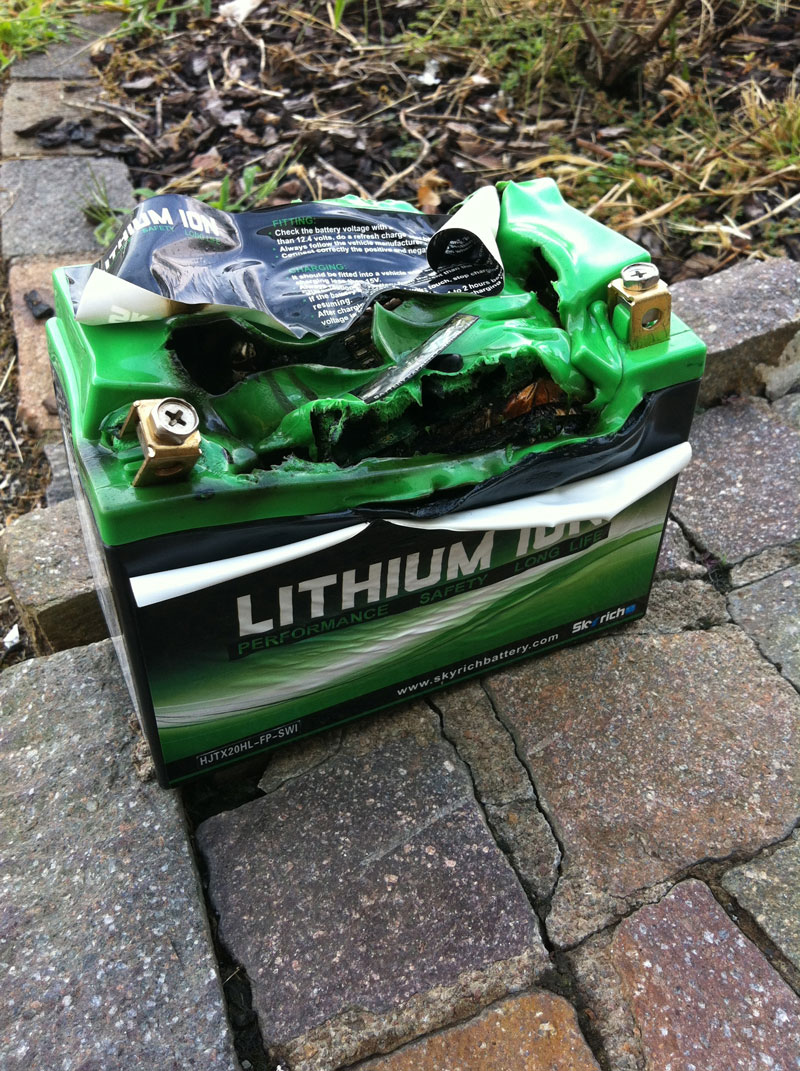
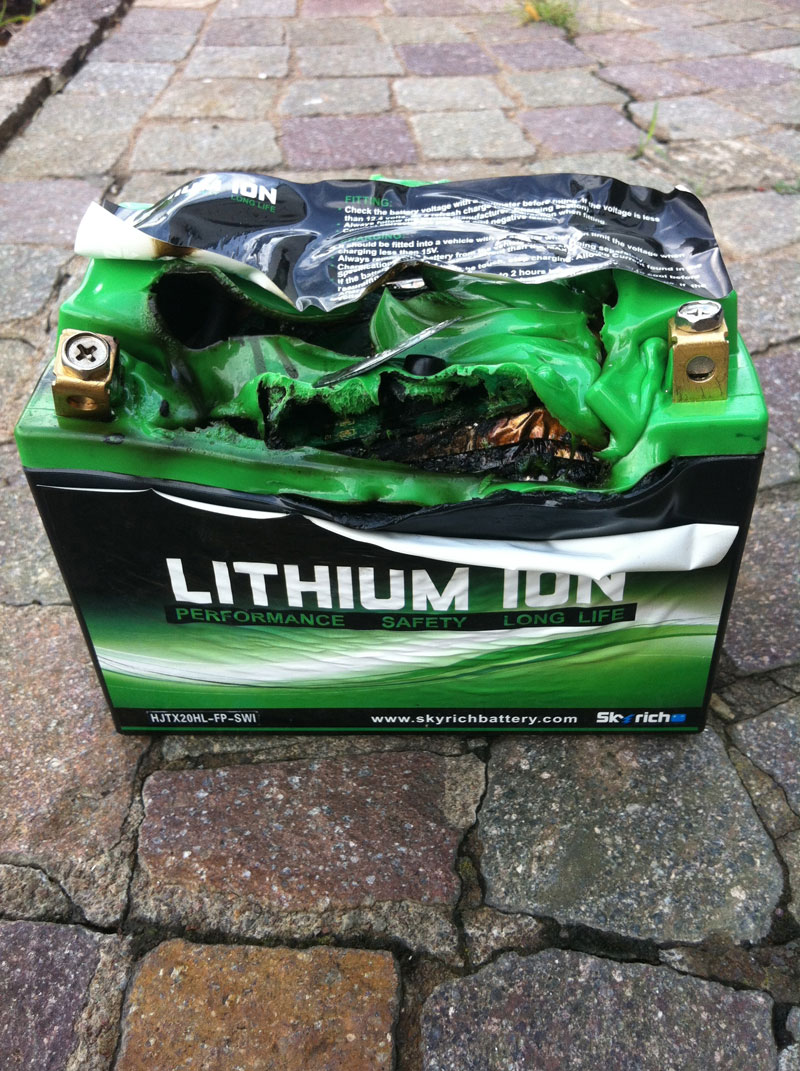
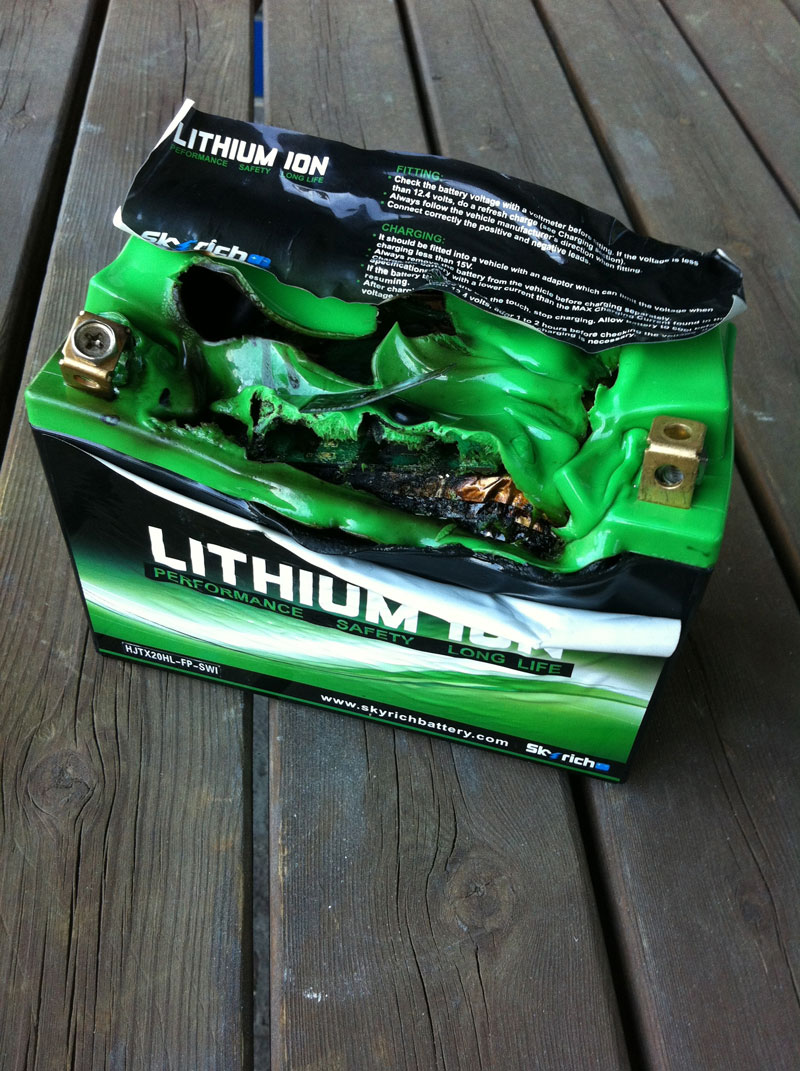
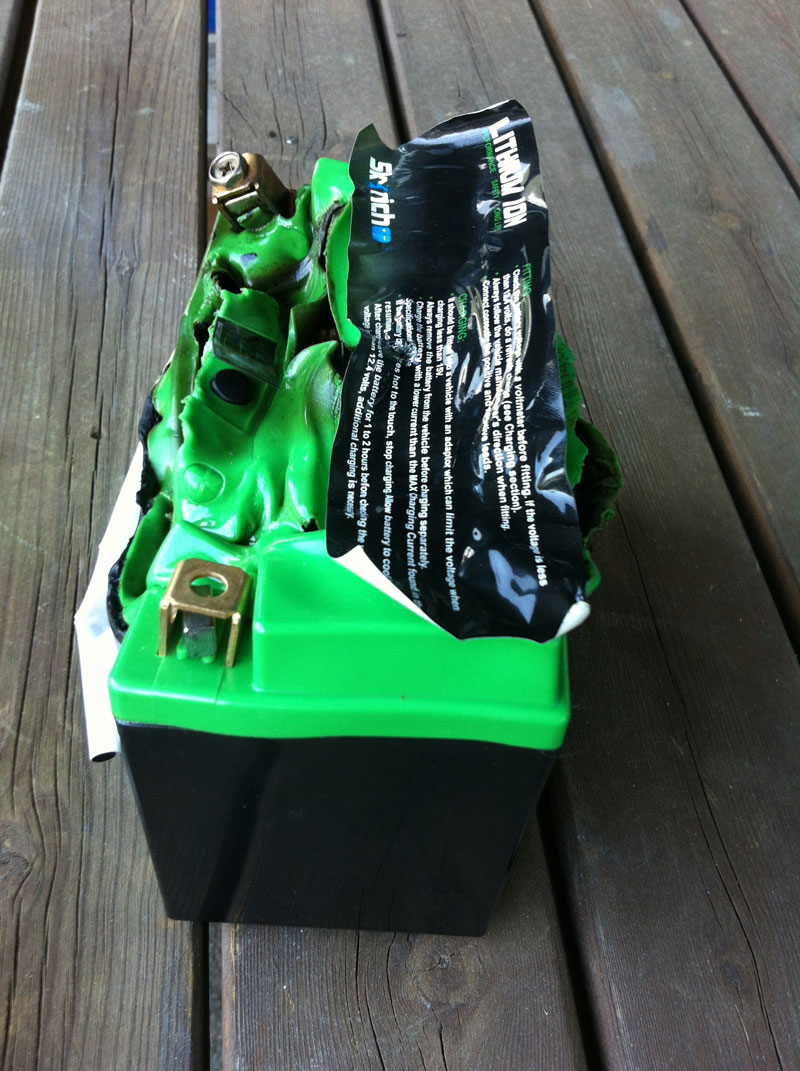
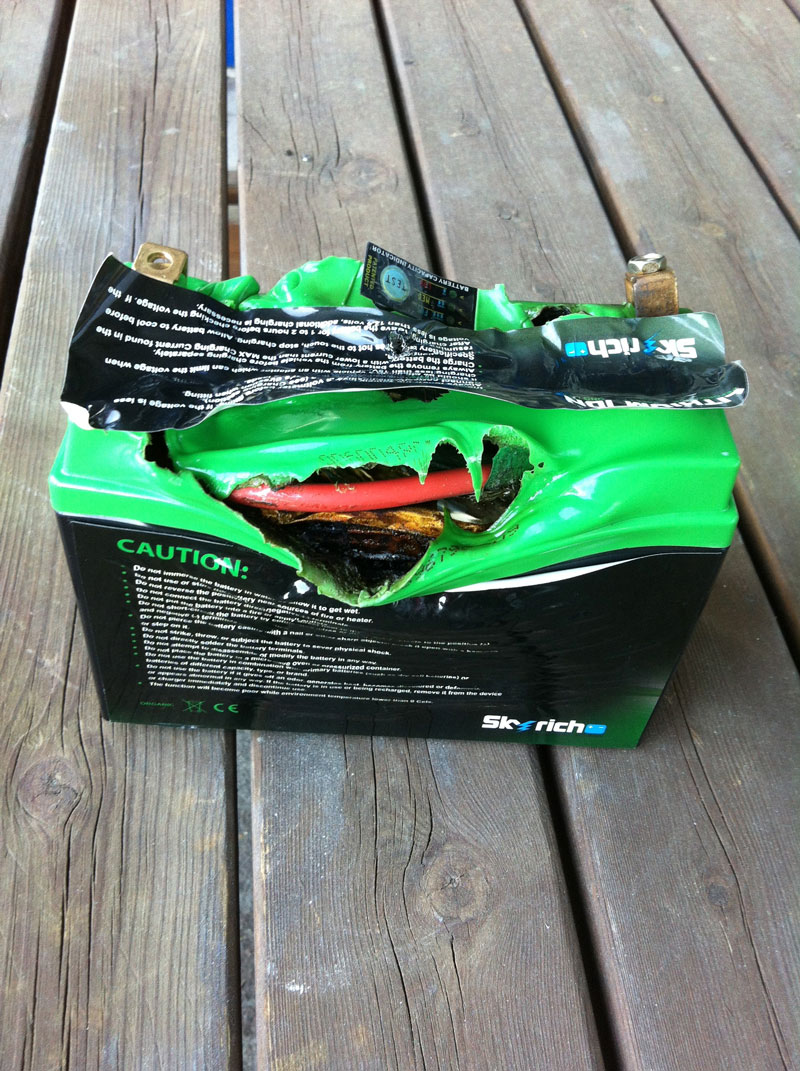
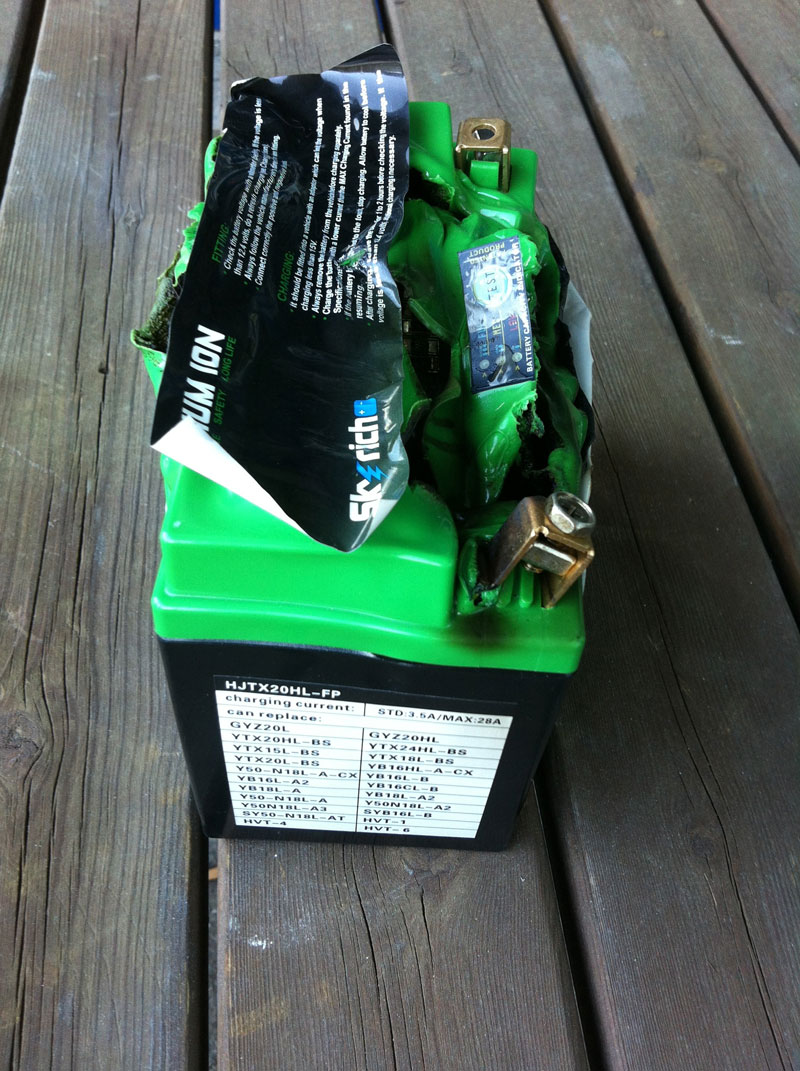
This happened at first charge, we were in hangar and the new battery was attached to the charger as per instruction, the charger was approved for that battery. The temperature of the battery during the charging process was normal.
After 30 minutes the battery started to melt with a lot of smoke, an incredible quantity of white smoke. The toxic smell was intolerable, we moved the battery outside of the hangar (wasn't easy) that remained full of smoke for awhile. The temperature of the battery was incredible hight ! Melting continued for 20 minutes, hot battery temperature remained for 2 hours !
I really can't imagine that this could happen into the firewall compartment or, worse, into the fuselage.






Last edited:





